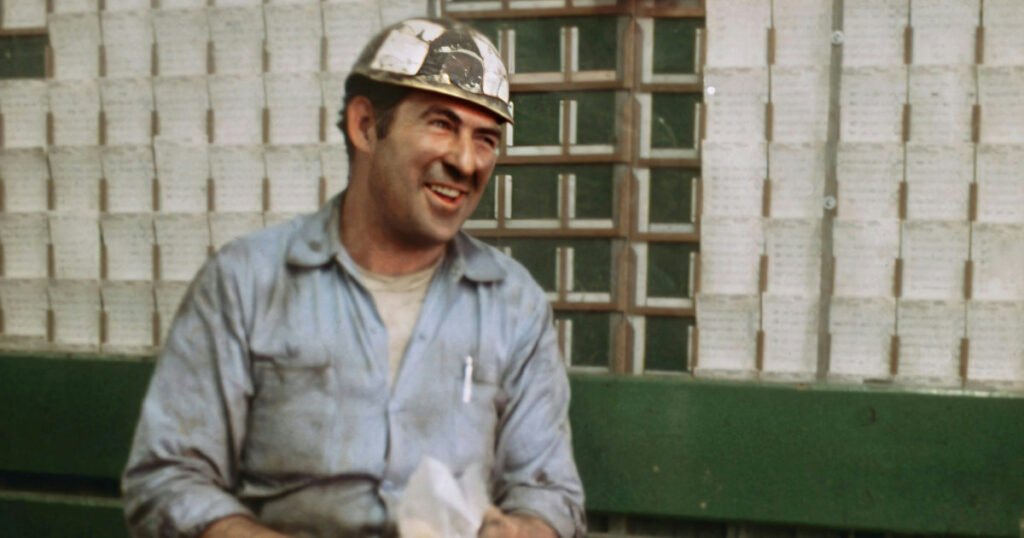A History of Color Grading in Film


Ever noticed how the colors in movies can completely change the vibe? Think about the rich, moody tones in “The Godfather” or the vibrant hues in “Avatar”. That’s all thanks to color grading, a crucial part of post-production that has evolved massively over the years. Color grading in cinema isn’t just about making scenes look pretty; it’s an art that shapes the story’s tone and emotion. From the early days of hand-painted frames to today’s advanced digital tools, the journey of color grading has been nothing short of revolutionary.
The Roots of Color Grading: Hand-Painted Frames to Technicolor
Back in the day, color grading wasn’t even a thing – can you believe it? Filmmakers used to hand-paint frames (talk about a labor of love) or tint them to add a splash of color. Fast forward a bit, and Technicolor came into the picture, bringing films like “The Wizard of Oz” to life with its vibrant colors. It was a game-changer, setting the foundation for the color grading we know today.
The Digital Revolution: How Technology Transformed Color Grading
1. The Birth of Color Grading: From Technicolor to Eastmancolor
Color grading in film, oh what a journey! It’s like going from painting with three crayons to having the whole box with the sharpener on the back. We started with Technicolor, those vibrant, almost surreal colors, and moved to Eastmancolor – a game changer in terms of simplicity and cost-effectiveness.
2. The Digital Leap: Enter the Age of Digital Color Grading
Remember when digital color grading entered the scene in the ’90s? It was like someone handed us the keys to a Ferrari after years of driving a dependable, but kinda boring, sedan. Digital tools, especially DaVinci Resolve, completely transformed what we could do with color.
3. The Impact of Technology: Advanced Tools and Techniques
Today’s color grading tools are like having a magic wand. With advanced software and techniques, we can create moods, fix issues, and even make the audience feel emotions they didn’t expect, all with a few clicks and sliders.
4. The Future of Color Grading: Emerging Trends and Predictions
Looking ahead, the future of color grading is as bright and unpredictable as a kaleidoscope. We’re seeing AI, HDR, and more immersive color experiences. It’s like we’re on the cusp of another big leap, and I can’t wait to see where it takes us.
Iconic Films and Their Color Grading Signatures
Ever noticed how certain movies have a distinct look? That’s all thanks to color grading. For instance, “Matrix” with its green tint created an otherworldly feel, while “Amélie” used vibrant, saturated colors to craft its whimsical aesthetic. These films aren’t just about storytelling; they’re about creating a visual language through color.
The Future of Color Grading: What’s Next in the Cinematic Palette?
So, what’s next for color grading? Well, with the advent of HDR (High Dynamic Range) and 8K resolution, the future’s looking more colorful and detailed than ever. We’re talking about colors and contrasts that pop off the screen, making the cinematic experience even more immersive.
In a nutshell, color grading isn’t just about splashing colors on the screen; it’s an integral part of storytelling in film. It’s fascinating to see how it’s evolved, from the early hand-tinting methods to the sophisticated digital techniques we use today. Each era of color grading has left its unique mark on the cinematic landscape, contributing to the way we experience movies. It’s not just about the technology; it’s about the vision and creativity of colorists who bring these vivid worlds to life. As we look ahead, who knows what new innovations will further revolutionize color grading? One thing’s for sure: it’s going to be a vibrant and exciting journey!
Curious about how the principles of color grading apply in the ever-evolving digital landscape? The shift to digital platforms has brought new challenges and opportunities in color work. It’s a fascinating area where the art of color grading meets the precision of digital technology, creating stunning visual experiences. If you’re keen to explore how this fusion shapes the content we see on our screens today, there’s a whole world of insights and tips waiting for you.

Responses